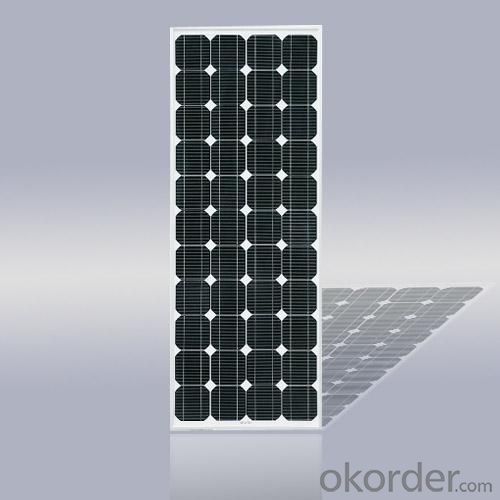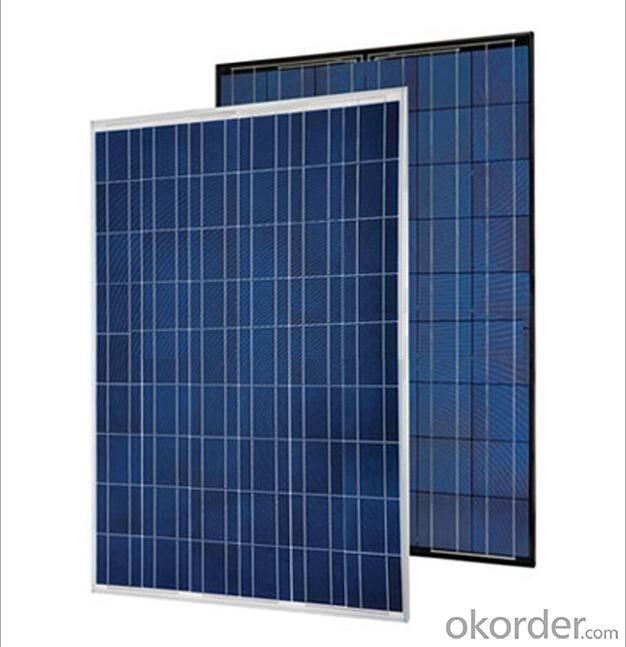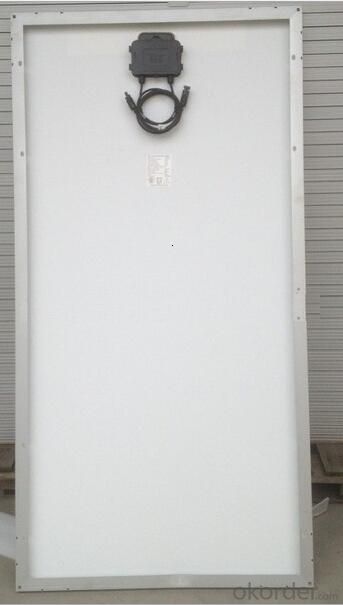25 Years Warranty Factory Direct A Grade Biogenic Solar Cells
- Loading Port:
- Shanghai
- Payment Terms:
- TT OR LC
- Min Order Qty:
- 111 watt
- Supply Capability:
- 1111111 watt/month
OKorder Service Pledge
OKorder Financial Service
You Might Also Like
1.Structure of Solar Module Description
The solar module is an off-gird solar power generator, designed to provide stable and reliable electricity to homes and communities without access to grid electricity or to those regions where are short of power or even without power. The solar module is convenient to move, easy to set-up with reliable performance, making it ideal for situations where emergency power is required. It is an ideal & reliable energy source for a wide variety of applications, ranging from lighting , radios, fans ,televisions ,computers ,refrigerator. The USB port is compatible with all 5V-USB charged devices. It can also act as a back-up power source during emergency situations.
2.Main Features of the Solar Module
1).High conversion efficiencies resulting in superior power output performance.
2).Outstanding power output even in low light or high temperature conditions
3).Optimized design for ease of soldering and lamination
4).Long-term stability,reliability and performance
3.Solar Module Images


4.Solar Module Specification
Details about Solar Modules | |
Module Type | 50W-M |
Number of Cells | 36 pcs |
Dimensions | 540*680*30mm |
Peak Power (Pmax) | 50W |
Module Efficiency | 16.07% |
Cell Efficiency | 19% |
Power Tolerance | ±3% |
Open Circuit Voltage(Voc) | 21.6V |
Short Circuit Current(Isc) | 2.94A |
Working Current | 1.78A |
Working Voltage | 18V |
Max System Voltage | DC 600V |
Operating Temperature | -40°C~85 °C |
Nominal Operating Cell Temp | 47±2 °C |
Temp. coefficient Isc(TK Isc) | 0.06%/ °C |
Temp. coefficient Voc(TK Voc) | -0.34%/ °C |
Temp. coefficient Power(TK Pmax) | -0.42%/ °C |
Series Fuse Rating | 5A |
5.FAQ of Solar Module
1). Q: Are you a factory or trading company?
A: We are a factory.
2). Q: Where is your factory located? How can I visit there?
A: Our factory is located in Jiangyin, Jiangsu, China, near Shanghai. You are warmly welcomed to visit us!
3). Q: How can I get some samples?
A: Please connect me for samples
4). Q: Can the price be cheaper?
A: Of course, you will be offered a good discount for big amount.
- Q: How long does it take to install solar cells on a rooftop?
- The time required to install solar cells on a rooftop can vary depending on various factors such as the size of the system, the complexity of the installation, and the number of installers working on the project. On average, a residential rooftop solar installation can typically take anywhere from one to three days to complete. However, larger commercial or industrial installations may take longer, ranging from a few weeks to several months. It's always best to consult with a professional solar installer who can provide a more accurate estimate based on the specific project requirements.
- Q: What is a thin-film solar cell?
- A thin-film solar cell is a type of solar cell that is made by depositing one or more thin layers of photovoltaic material onto a substrate, such as glass or plastic. These cells are lightweight, flexible, and can be produced using less material, making them more cost-effective than traditional silicon-based solar cells. However, they typically have a lower efficiency compared to silicon-based cells.
- Q: What is the accurate explanation for the sun solar cell power system? How does it work?
- Even though the sun solar cell power system is much more developed then before, its working process is still a bit complicated compared to the conventional power supply system.
- Q: What is the best way to deal with surplus solar cells abandoned after burning?
- Unfortunately abandoned solar cells are not easy to recycle. Only the aluminium frame can be reused, and the surplus is sometimes inseparable; because the solar cell contains silicon, tin, nickel, silver metal.
- Q: What is a solar cell?
- A solar cell, also known as a photovoltaic cell, is a device that converts sunlight directly into electricity. It is made up of semiconductor materials that absorb photons from sunlight, creating an electric current. Solar cells are used in solar panels to generate renewable energy for various applications, such as powering homes and businesses.
- Q: Can solar cells be used to power large-scale industrial facilities?
- Yes, solar cells can be used to power large-scale industrial facilities. The installation of a large array of solar panels can generate a significant amount of electricity to meet the energy demands of such facilities. However, the feasibility and effectiveness of using solar cells depend on factors such as the facility's energy requirements, available space for solar panel installation, and the cost-effectiveness of implementing solar power systems compared to other energy sources.
- Q: My solar cells are broken, can I just buy one and replace it?
- You need to hire a professional to fix that for you.
- Q: Can solar cells be used in powering RVs and campers?
- Yes, solar cells can definitely be used to power RVs and campers. In fact, many RVs and campers are now equipped with solar panels to generate electricity for various appliances and systems onboard. Solar power provides a sustainable and environmentally-friendly option for off-grid living, allowing RV and camper owners to have a constant source of clean energy while being able to travel and explore remote locations without relying solely on traditional power sources.
- Q: Can solar cells be used in powering remote weather stations?
- Yes, solar cells can be used to power remote weather stations. Solar cells are a sustainable and efficient way to generate electricity, making them ideal for remote locations where access to grid power is limited. They can provide a reliable source of power for weather stations, allowing them to operate continuously and gather data even in remote areas.
- Q: Can solar cells be used in healthcare facilities?
- Yes, solar cells can be used in healthcare facilities. They can be employed to generate electricity, which can power medical equipment, lighting, and other essential systems in healthcare facilities. Solar energy can help reduce reliance on the conventional power grid, providing a sustainable and cost-effective source of electricity for healthcare facilities, especially in remote or off-grid areas. Additionally, solar cells can contribute to reducing carbon emissions and promoting environmental sustainability in the healthcare sector.
Send your message to us
25 Years Warranty Factory Direct A Grade Biogenic Solar Cells
- Loading Port:
- Shanghai
- Payment Terms:
- TT OR LC
- Min Order Qty:
- 111 watt
- Supply Capability:
- 1111111 watt/month
OKorder Service Pledge
OKorder Financial Service
Similar products
Hot products
Hot Searches
Related keywords





























